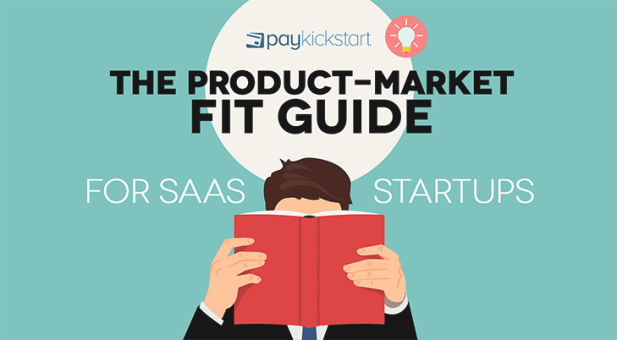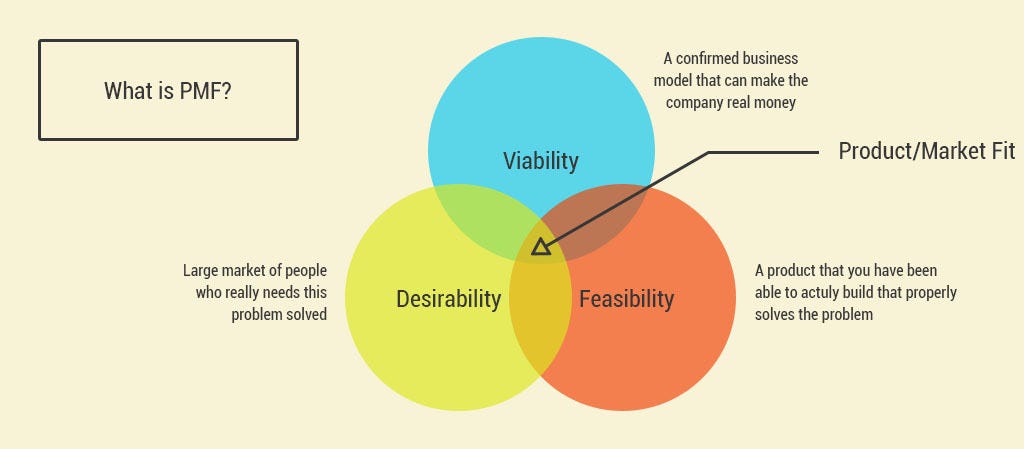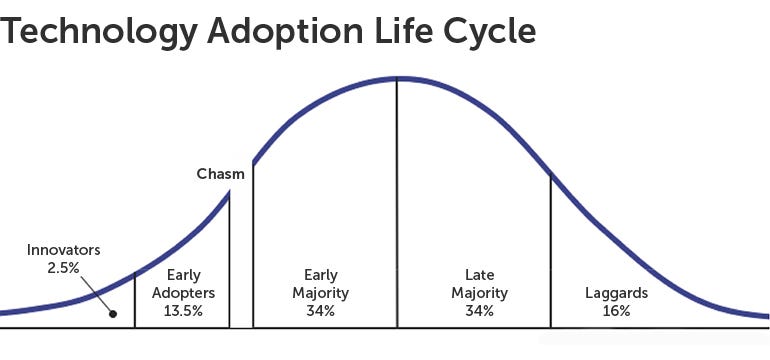Subscription growth hack (by PayKickstart)
Facebook Group - 3,932 members
Visit Group
Nothing is as intoxicating for a SaaS startup founder as those initial signs of traction. You have built an MVP, released it into the wild, and lo and behold, you are starting to see users sign up. While this is fantastic and can be an indication that you are onto something, it can also be a trap that you and many other SaaS founders all too often fall into.
It is called the product-market fit trap or the product-market fit fallacy. For most SaaS startups, if this trap is not identified and addressed, it can lead the company in a downward spiral. In this article, we look at what the product-market fit fallacy is and how to overcome it. But first, what is product-market fit?

Marc Andreessen, a co-founder of venture capital firm Andreessen Horowitz, describes product-market fit this way:
“Product/market fit means being in a good market with a product that can satisfy that market.”
It sounds cryptic so here is a layman’s version of his definition:
“Product/market fit means creating something a large enough number of people need and are willing to pay for.”
When your SaaS startup has Product/Market fit or PMF, you have something a sizeable market needs and is willing to pay for. If this is the definition, what then is the Product/Market Fit fallacy?
In short, the PMF fallacy is creating something that, from initial traction, seems to be addressing an essential need that people are willing to pay for but in reality, is not. In other words, it means you have created something you erroneously believe will result in a viable business, but which will not. So, how do you avoid this trap? Before we look at that, let’s first look at some PMF myths that lead to the PMF fallacy.
PMF is a golden standard that every startup, in every industry on the face of the earth, must abide by to survive. However, several myths emerge that make it difficult to achieve or sustain PMF. These include:
As you build out your SaaS startup, these are the myths you will face from day one. Identifying and debunking them is the path to real PMF. But how do you debunk them? Here are the truths that correspond to the four myths identified above:
Now that you understand what PMF is and what myths you should debunk to avoid the PMF fallacy, how do you achieve PMF? Here are six steps Dan Olsen, a product management expert, recommends in his Lean Product Process Framework:
Your target customer is anyone who would be interested enough in your product to either use it, pay for it, or both. Defining an ideal target customer involves creating buyer personas that offer detailed insights into buyers, their needs, and their purchasing motivations regarding your product.
Now that you have identified an ideal customer, what is their most pressing need that you think you can address? Knowing their most significant need is the best way to know which features to plan for your product and how these features match identified needs.
Your UVP is how you stack up against the competition. Unless you are entering a blue ocean market with absolutely no competition (highly unlikely), there are some alternatives your customers are already using to meet their needs. Defining a UVP that goes over and above these alternatives will help you carve out a niche for your product.
Next, identify your Minimum Viable Product feature set. What features can you add to your product so that it meets the most pressing needs of your target customers? Remember to be extremely pragmatic here to avoid bloating your MVP.
Now, it is time to create a prototype. Use any prototyping tool to create an immersive and feature-rich prototype. Again, avoid going for perfection at this point. Your goal is to create something that can demonstrate your idea to your target customers.
Test, test, test. Show your prototype to as many of your potential customers as possible. Reach far and wide to capture as much feedback as possible. Remember to bake in feedback tools into your prototype so you can gather feedback from potential customers.
From these six steps, you can develop a pre-launch PMF framework on which to base your development work. However, what happens once you have coded your service and launched? How do you keep your PMF fresh and ahead of the competition?
Many SaaS startup founders stop their PMF efforts after launching and getting that initial traction. After all, if your product is seeing traction, you must have PMF, right? Yes and no. You see, initial traction could be from innovators and early adopters – people who will try anything new just for the sake of it.
This market segment is often too small to sustain or grow a business. Unless you can scale your SaaS startup to the early majority and late majority segments, your product will be nothing more than an experiment. Ongoing customer development helps you “cross the chasm,” as Geoffrey A. Moore puts it.

Customer development is the effort you put in to continually understand your customers, their needs and their purchasing motivations. Tools like surveys, Net Promoter Scores, and other forms of feedback are useful in gathering customer development data. For a SaaS founder hoping to achieve and keep PMF, customer development post-launch is as crucial as developing new features.
So, how do you get customer development right? Here are some steps you can follow:
1. Regularly revisit your buyer personas: As your customers’ needs evolve, so should your buyer personas.
2. Include customer development into your core processes: Customer development is everyone’s responsibility. Create structures to build on customer development across departments continually.
3. Use customer-centric data to support decisions: Although a feature may be nice to have, does any customer-centric data support it? Using such data will help you develop features users need.
4. Look for opportunities for one-on-one conversations with customers: Although feedback tools are useful, the best way to know what your customers are saying is to speak to them directly.
PMF is the lifeblood of any SaaS startup. Without it, all you will achieve is a pile of code with no meaningful use. Here at PayKickstart, we drink our own Kool-Aid – we follow the steps in this guide religiously. We understand and appreciate that although we have traction, what made for a strong PMF yesterday may be ineffective tomorrow. We recommend you follow these steps too in your SaaS startup, so you also can avoid the PMF fallacy and go on to build a profitable SaaS business.
Dan Macharia is an experienced copywriter with over ten years of experience writing for both large and small companies all across the United States. When he is not writing, find him reading a book or outdoors playing lawn tennis, running or just walking and soaking in life.
Read More About Dan Macharia